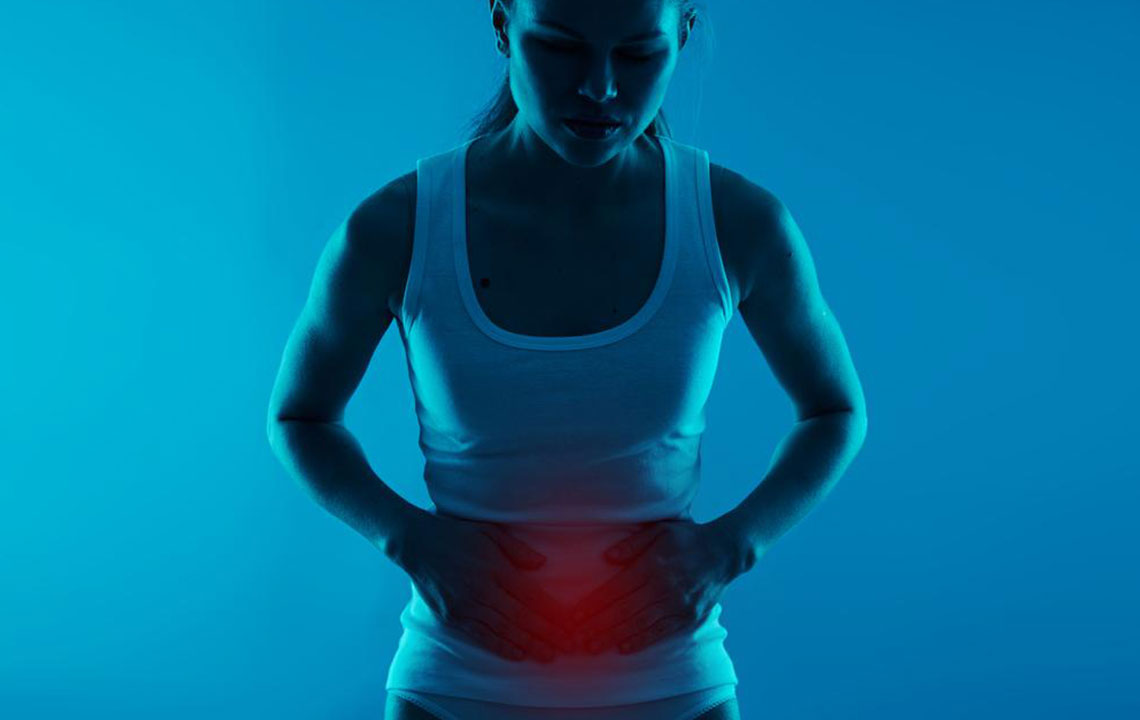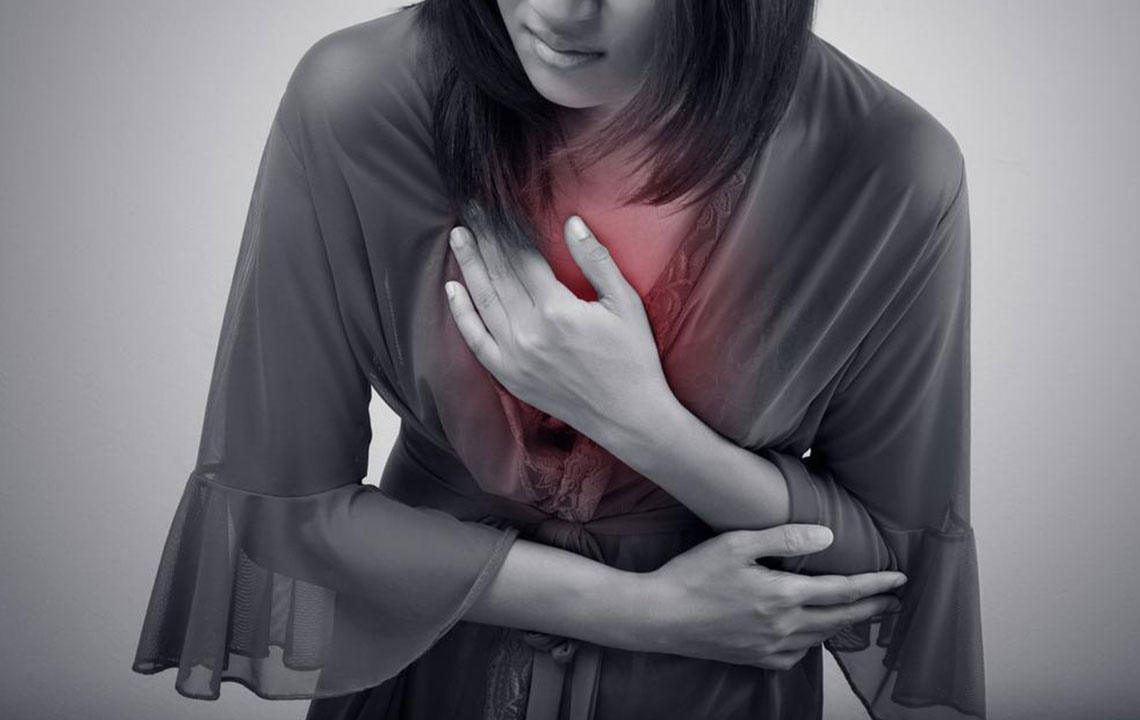Comprehensive Guide to Gallbladder Discomfort: Causes, Symptoms, and When to Seek Help
This comprehensive guide explores common causes of gallbladder discomfort, including gallstones and bile duct obstructions, and highlights key symptoms like intense pain, jaundice, and digestive issues. Recognizing these signs early and seeking prompt medical treatment can prevent severe complications. The article emphasizes the importance of understanding gallbladder functions and how problems can disrupt digestion, offering valuable insights for maintaining digestive health and ensuring timely intervention when needed.

Understanding Gallbladder Discomfort and Its Causes
The gallbladder is a small, pear-shaped organ located beneath the liver in the upper right part of the abdomen. Measuring approximately four inches in length, this vital organ plays a crucial role in digesting fats by producing and storing bile, a digestive fluid essential for breaking down dietary fats into absorbable nutrients. Proper functioning of the gallbladder is vital for maintaining healthy digestion. However, when the gallbladder malfunctions or becomes inflamed due to various causes, it can lead to significant pain and digestive disturbances that require prompt medical attention.
Understanding the underlying causes of gallbladder discomfort, recognizing its symptoms early, and knowing when to seek medical help can significantly improve treatment outcomes and prevent severe complications. This comprehensive guide dives deep into the causes of gallbladder pain, common symptoms, and effective management strategies.
The Role of the Gallbladder
The gallbladder's primary function is to store and concentrate bile produced by the liver. During digestion, especially after fatty meals, the gallbladder releases bile into the small intestine through the bile ducts. Bile emulsifies fats, making them easier for digestive enzymes to break down and enabling their nutrients to be absorbed efficiently. When the gallbladder functions poorly or develops problems, it can disrupt this process, leading to discomfort and digestive issues.
What Causes Gallbladder Pain?
Many factors can contribute to gallbladder discomfort, with gallstones being the most common culprit. Understanding how these stones form and what other issues may interfere with normal gallbladder function helps in diagnosing and managing these problems effectively.
Gallstones: The Leading Cause of Gallbladder Pain
Gallstones form when certain components in the bile—mainly cholesterol or bilirubin—become concentrated and crystallize into solid particles. Over time, these crystals can grow into stones, varying in size from tiny grains to golf-ball-sized chunks. The accumulation is often linked to dietary habits that promote high cholesterol levels, such as diets rich in fried, processed, or fatty foods. Sedentary lifestyles and obesity further increase the risk of gallstone formation. Interestingly, many individuals with gallstones may remain asymptomatic for years, discovering their presence only incidentally during imaging tests. However, larger stones or those that block bile flow can trigger painful symptoms.
Bile Duct Obstructions and Their Impact
Gallstones can migrate from the gallbladder into the bile ducts, causing blockages that hinder the flow of bile into the small intestine. These obstructions lead to a buildup of bile within the gallbladder and bile ducts, resulting in pain, inflammation, and digestive disturbances. If a stone remains lodged in the bile duct for an extended period, it can cause severe complications such as perforation of the gallbladder wall, bile leakages, or infections like cholangitis or abscesses. Thus, early detection and treatment of bile duct obstructions are critical to prevent life-threatening conditions.
Sometimes, persistent bile duct blockages become perilous, potentially leading to perforation, infection, or bile leaks that require urgent surgical intervention. The presence of infection or inflammation can escalate to more severe health issues, including sepsis, if not managed promptly. Therefore, recognizing early warning signs is vital for effective treatment and avoiding complications.
Recognizing the Symptoms of Gallbladder Disease
Gallbladder problems often manifest through various symptoms, most notably when the flow of bile is obstructed or during episodes of inflammation. Symptoms can range from mild to severe, and understanding these signs can help determine when to seek medical attention.
Intense, Prolonged Abdominal Pain: Sudden and severe pain in the upper right quadrant of the abdomen or center of the stomach, often lasting several hours, is a hallmark symptom. This pain can radiate to the back or right shoulder blade.
Back and Shoulder Discomfort: Pain may extend to the back or right shoulder, especially if the blockage persists or worsens.
Post-Meal Discomfort: Many patients experience increased pain or bloating in the upper right abdomen after consuming fatty or greasy foods.
Fever and Chills: These symptoms suggest infection or inflammation within the gallbladder and require immediate evaluation.
Nausea and Vomiting: Common accompanying symptoms that result from digestive upset caused by bile flow issues.
Changes in Stool Color: Pale or clay-colored stools may indicate bile duct blockage, reducing bile entry into the digestive tract.
Dark Urine: Obstruction causes bile pigments to enter the bloodstream, darkening the urine color.
Jaundice: Yellowing of the skin and eyes, usually a sign of severe bile flow obstruction, requiring urgent medical assessment.
Given the variability of symptoms and their severity, anyone experiencing intense abdominal pain, jaundice, or persistent digestive complaints should seek medical attention promptly. Early diagnosis and intervention can prevent complications such as gallbladder infection, perforation, or systemic infections.
In summary, understanding the causes, symptoms, and treatment options for gallbladder discomfort is essential for maintaining digestive health. If you experience signs of gallbladder problems, consult a healthcare professional for accurate diagnosis and appropriate management strategies. With timely medical care, most gallbladder issues can be effectively managed or resolved, allowing you to maintain a healthy and comfortable life.





